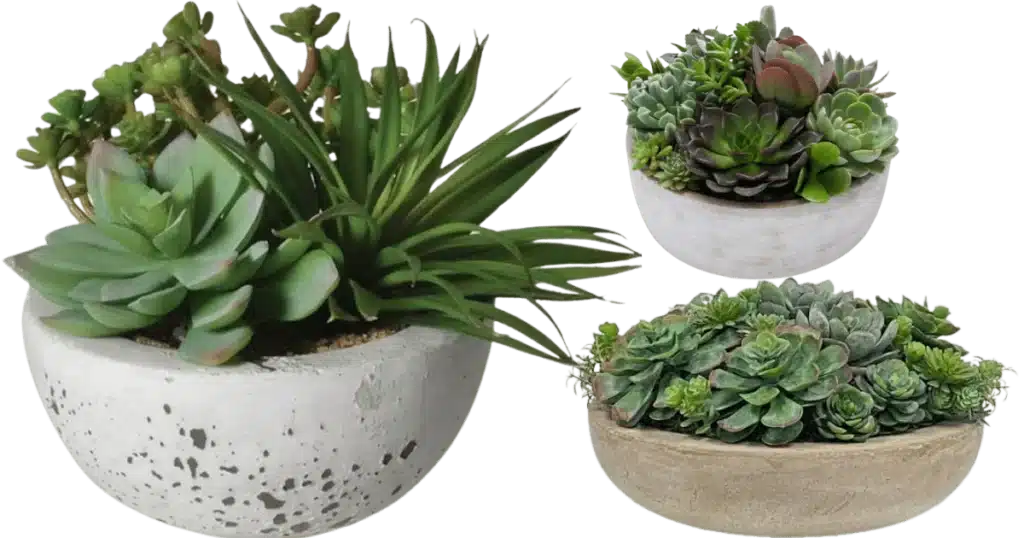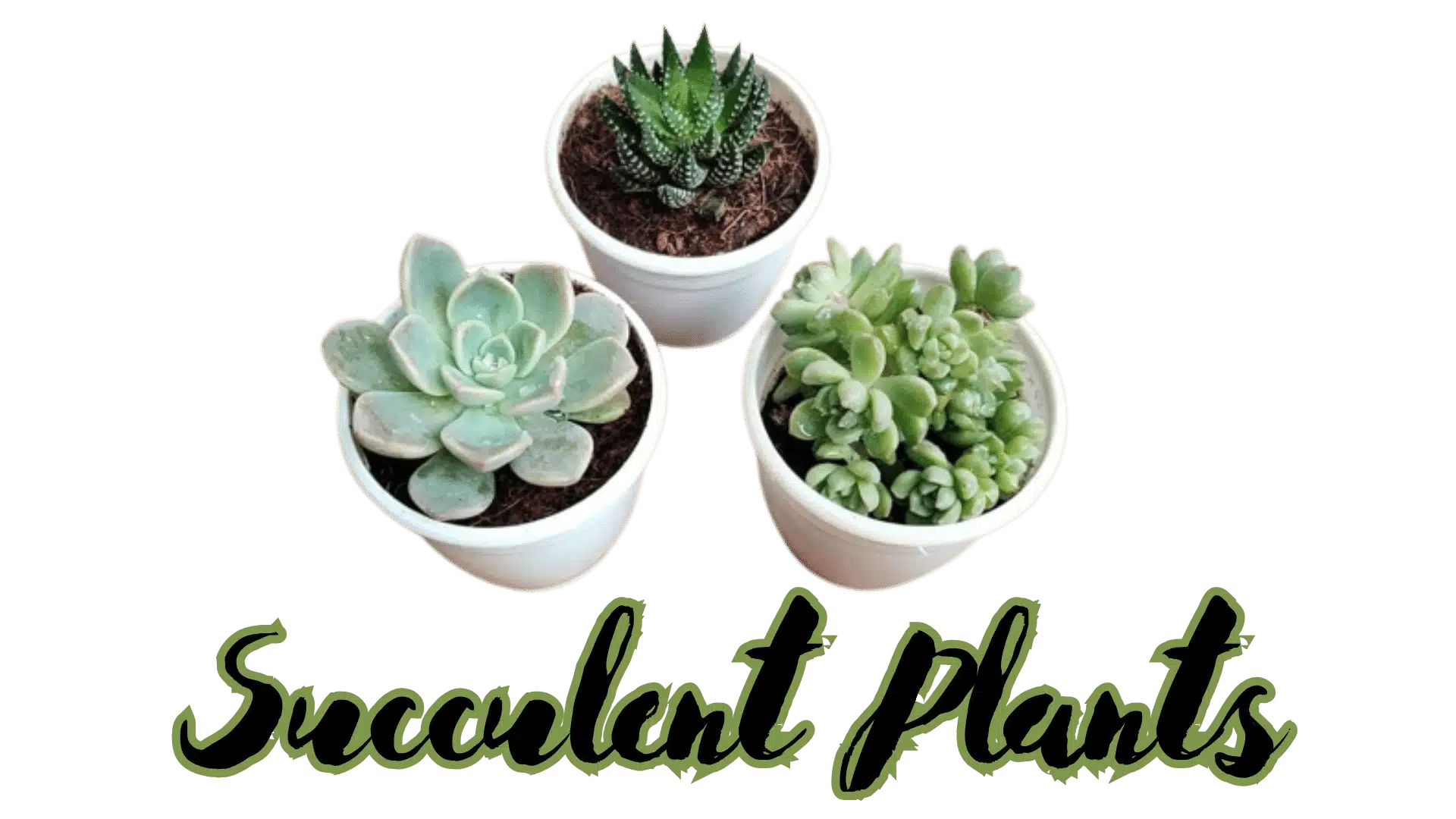Introduction Of Succulent plants
Succulent plants have become popular in the past few years. Both experienced growers and new plant lovers adore them. Succulent plants are uniquely attractive due to their low maintenance requirements and wide variety. This makes them an excellent option for add to the atmosphere of your home or garden. This article delves into the fascinating realm of succulents, covering their history, care tips, and the widespread adoration these strong and charm plants receive from people worldwide.

The Origins of Succulent Plants
A Brief Botanical History Of Succulent Plants
Succulent plants can survive in dry places by storing water in their thick leaves and stems. People have valued these plants for a long time due to their challenging yet beautiful nature.
Evolutionary Marvels
Discover how Tasty has thrived in extremely tough environments by evolving unique talent to store water and develop exceptional quality. These adaptations reveal the remarkable vision of nature.
Geographic Diversity
Succulents are found in various ecosystems worldwide, from the deserts of the Americas to the rocky terrain of Madagascar. Each region offers its succulent species, showcasing the adaptability of these plants.
Caring for Succulents: A Delicate Balance
Light and Location
Succulents are sun lovers, but not all need the same amount of light. Learn about the different light requirements for various succulent species and how to provide the ideal environment for your plants.
Watering Wisdom
Overwatering is the most common mistake when caring for succulents. Discover the art of watering succulents, including the “soak and dry” method, to keep your plants healthy and happy.
Soil and Containers
The right soil mix and holder can make a difference in your succulent’s well-being. Explore the ideal potting medium and holder choices to ensure your succulents thrive.
Pest and Disease Management
Succulents can face challenges from pests and diseases. Learn how to identify and address common issues to keep your plants healthy.
The Unique Beauty of Succulent Plants
Aesthetic Appeal
Succulents offer a range of feel, colours, and forms that can add to any indoor or outdoor space. From the delicate echeverias to the otherworldly lithops, succulents are living works of art.
Versatile Design Element
Succulents are not just plants; they are versatile design elements. Learn to incorporate succulents into your home decor, garden, or special events to create visually stunning arrangements.
Propagation and Collection
Discover the art of propagating succulents and expanding your collection. Whether through leaf cuttings, offsets, or seeds, you can grow your succulent family and explore new species.
Conservation and Ethical Considerations
Protecting Natural Habitats
As the popularity of succulents grows, there is a growing concern about the impact of their collection on wild populations. Learn about conservation efforts and how to make ethical choices as a succulent enthusiast.
Sustainable Practices
Explore sustainable succulent gardening practices, including responsible sourcing, recycling containers, and minimizing environmental impact.
| Feature | Details |
|---|---|
| Title | Succulent Plants: Nature’s Green Jewels |
| Introduction | Explore the fascinating world of succulent plants, known for their unique shapes, vibrant colors, and easy care. Discover why these green jewels are popular choices for indoor and outdoor gardens. |
| Types of Succulents | – Echeveria |
| – Aloe Vera | |
| – Haworthia | |
| – Sedum | |
| – Crassula | |
| Care Tips | – Well-draining soil |
| – Moderate sunlight | |
| – Infrequent watering | |
| – Suitable containers | |
| Benefits | – Drought tolerance |
| – Air purification | |
| – Versatile indoor/outdoor decoration | |
| Popular Varieties | – Sempervivum (Hens and Chicks) |
| – Agave | |
| – Jade Plant (Crassula ovata) | |
| – Snake Plant (Sansevieria) | |
| Decorative Uses | – Succulent arrangements |
| – Terrariums and fairy gardens | |
| – Wedding bouquets and favors | |
| – Living wall and vertical gardens | |
| Where to Plant | Ideal for gardens, pots, hanging baskets, and various creative containers. Suitable for both indoor and outdoor environments. |
| Tips for Propagation | – Leaf cuttings |
| – Offsets (pups) | |
| – Division | |
| – Seed propagation | |
| Common Issues | – Overwatering |
| – Sunburn | |
| – Pests (e.g., mealybugs, aphids) | |
| Where to Buy | Local nurseries, garden centers, online plant shops, and specialized succulent vendors. |
| Conclusion | Succulent plants are not only easy to care for but also add a touch of nature’s elegance to any space. Embrace the beauty and simplicity of these green jewels in your gardening journey. |
(FAQs)
What are succulent plants?
Succulent plants are water-retaining plants with fleshy leaves or stems adapted to store water, allowing them to thrive in arid environments.
How often should I water my succulents?
Watering frequency depends on the specific succulent and environmental factors. Generally, allow the soil to dry out between waterings to prevent root rot.
What kind of soil is best for succulents?
Well-draining soil is crucial. A mix of potting soil and perlite or sand helps prevent waterlogged conditions that can harm succulent roots.
Can succulents survive indoors?
Yes, many succulents thrive indoors, provided they receive adequate light. Place them near a bright window or use artificial grow lights.
How do I propagate succulents?
Succulents can be propagated through leaf or stem cuttings. Allow cut ends to callous before planting in well-draining soil.
Do succulents need fertilizer?
While they can survive without it, feeding succulents during the growing season with a diluted, balanced fertilizer can enhance their health and appearance.
What pests are common for succulents?
Common pests include mealybugs and spider mites. Regularly inspect your plants, and if needed, treat them with insecticidal soap or neem oil.
Can I keep different succulents together?
It’s possible, but ensure they have similar water and light requirements. Grouping them based on these needs helps each succulent thrive.
Why are my succulent leaves turning yellow?
Yellowing leaves may indicate overwatering. Adjust your watering schedule and make sure the soil is well-draining.
Do succulents need direct sunlight?
While they love sunlight, some succulents can get sunburned if exposed to intense, direct sunlight for extended periods. Gradually introduce them to sunlight to avoid stress.
Conclusion: Embracing the Charm of Succulent Plants
In gardening and houseplants, succulents have carved a unique niche. Their ability to withstand challenging conditions while adding an element of beauty and grace makes them an exceptional choice for novice and experienced plant enthusiasts. From their interest in history to the art of care, succulents offer a captivating journey into the wonders of the plant world. When you start growing succulents, you’ll discover that these strong and beautiful plants can make you happy and bring tranquility to your life. They also turn your surroundings into a lush and orignal oasis. Additionally, by following ethical and sustainable practices, you can help protect these amazing botanical treasures and ensure their survival for future generations.

